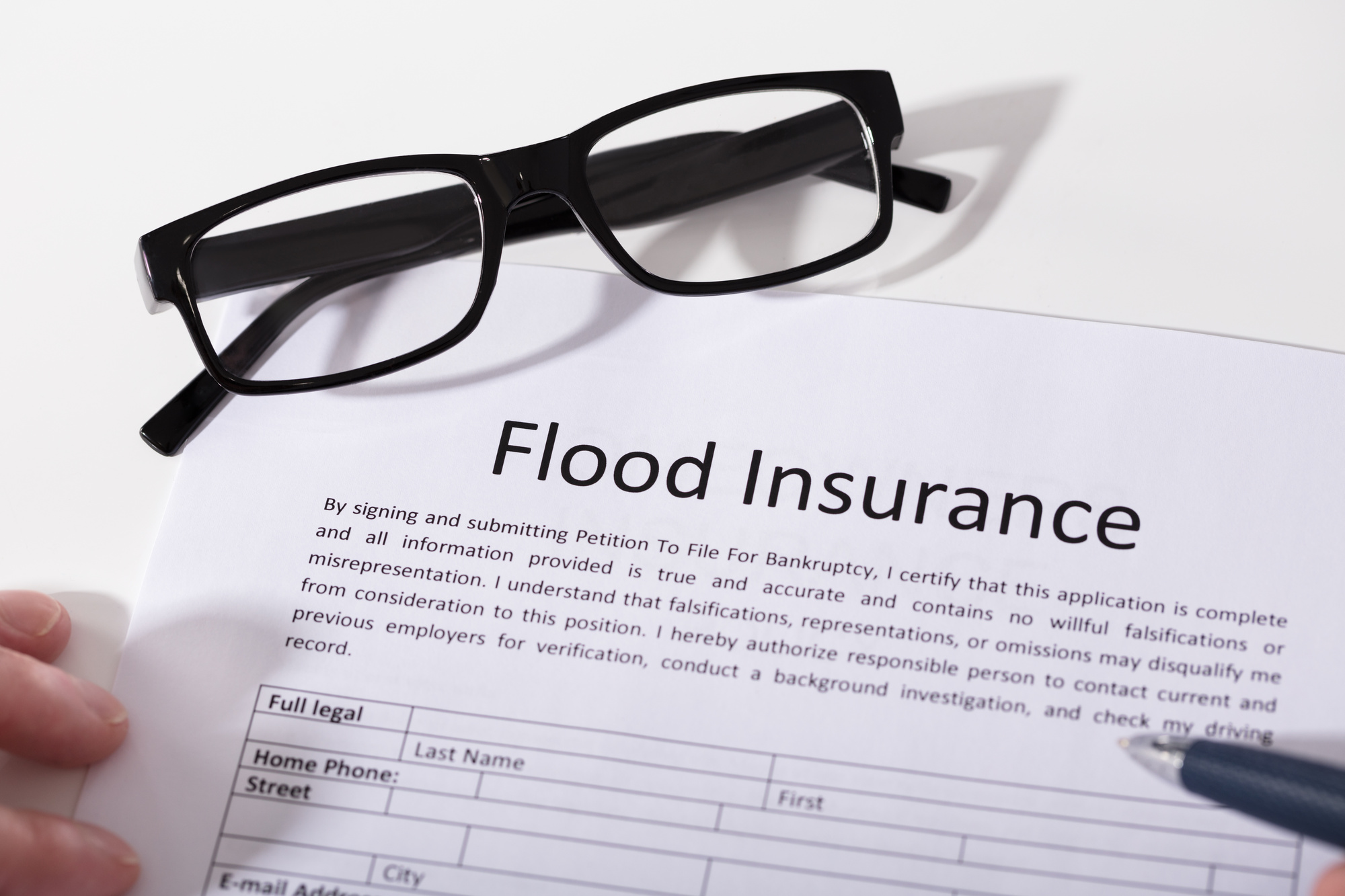
Elevated View Of Flood Insurance Form And Spectacles
Between the years 2010 and 2018, the cost of flood water damage was approximately $17billion annually.
Are you in a flood-prone area, and you’re skeptical about the need to have a flood insurance policy? The figures above go to show how expensive restoring your home after floodwater damage can be. Therefore, it’s recommended to have an insurance policy to indemnify you in the event you’re affected by floods.
Is flood insurance expensive? This article will divulge five reasons why you need to get flood insurance regardless of the price.
1. Might Be Mandatory
If you live in flood-prone areas, your mortgage lender may make it mandatory for you to have insurance cover. Check the FEMA flood map service center to know if your property is in a high-risk flood zone. That is the official website to find all flood mapping sites authorized by the National Flood Insurance Program.
Flood insurance covers more than what home insurance does, which is also mandatory in every mortgage. Your homeowner’s insurance might cover minor water damages such as burst pipes but not damages as a result of floods. You might only be required to acquire flood insurance if your house is in an area prone to flooding.
To get the insurance, you might need first to acquire an elevation certificate. It’s used to show how high your home is elevated depending on how high the water levels reach in the event of a flood.
2. To Cover for Flood Restoration Services
Flood insurance is similar to homeowner insurance in that they both cover your personal belongings and the building. However, you’re advised to buy those two policies separately.
If you experience extreme flooding in your area your whole building structure gets covered. You will get reimbursements for all the damages accrued on your property up to your policy limit. This includes any damages on the foundation of the building, plumbing, and electrical systems.
The flood insurance also covers any personal belongings that might have been destroyed during the floods. This ranges from your household furniture to clothes and food to upholstery and carpets. At times there might be limits to how much the insurance can pay for one item, for example, expensive artwork.
The federal insurance policy has limits as to what it can cover. Homeowners who feel their home is more valuable should consider going for a private flood insurance policy. Private insurance policies tend to have higher limits as compared to federal ones.
Analyze your unique situation to see if NFIP policies give you value for your money. More so, in the event of a flood, will you be comfortable with what the insurance will indemnify you? If you feel your property is worth more, consider getting a private insurance policy.
3. The Cost of Flood Restoration
Have you ever taken time to think about how much it would cost you to rebuild your home after water damage? Without an insurance policy to indemnify you, it would take as much as it cost you to build the house. An insurance policy comes in to relieve you of the financial burden of rebuilding your home.
Analyze your unique situation to know if you have the finances to do major repairs on your home after flood damage. If you’ll have trouble raising such kind of money, consider getting a flood insurance policy for your home.
4. You Can Lower the Cost of Your Flood Insurance
There is no doubt that flood insurance can be expensive, often more than how much you pay for your home insurance cover. Regardless of the type of insurance policy you take, there are ways you can try and lower your premiums. Adjustments in the federal insurance policy are likely to reduce the cost of flood insurance policyholders.
FEMA is coming up with a new NFIP rating strategy that will try to reduce premiums. Before, flood insurance premiums were determined by the location of the property and the elevation of the house. The Risk Rating 2.0 will be more accurate in determining flood premiums by insurance companies.
Here are some of the factors the Risk Rating 2.0 will use;
● The frequency of floods in your area
● Elevation of your house
● Distance from a water body
● Cost of restoring your property
● Type of flood risk
When all of these factors are considered in the rate-setting system, the premium estimation becomes more accurate. The system intends to bridge the gap between flood insurance premiums for high-valued homes and low-valued homes.
5. You Are at High Risk of Experiencing a Flood
If you live in a high-risk flood area, your chances of experiencing a flood are high compared to a fire. If you are already paying for your home insurance, not paying for the flood insurance is negligence on your side. If you’re worried about your home catching fire, you should also worry about your home getting water damaged.
If you’re at a high-risk flood zone, don’t risk waiting until it happens to wish you had taken a policy. Contact the best flood insurance in your local area to get cheap flood insurance cover.
Is Flood Insurance Expensive or Is It Worth Your Money?
Your home insurance cover isn’t enough, especially if you live in a flood-prone area. Is flood insurance expensive? Wait till you find out how much it would cost to rebuild your home after flood water damage.
Found this article informative? Check out our other blogs on Marketing, Business, and Technology.